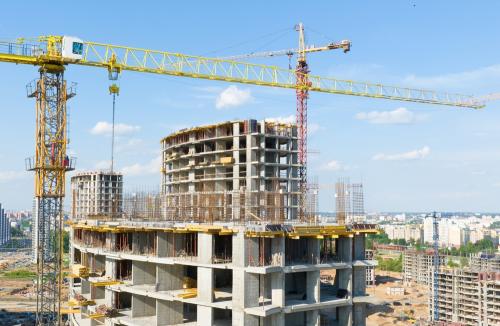People traditionally have lived close to one another to lower the costs of moving themselves, their goods, and their ideas. At the start of the last century, urban Americans lived and worked in city centers. Living and working at high densities enabled people to travel using only their feet and allowed firms to move goods using rail and water. As late as 1950, the typical city still had a high density core where most people worked, but a majority of these workers actually lived in the suburbs and commuted by car. As the costs of transport have fallen, people have been able to live—and, increasingly, work—a little less close to one another. The high-density walking city of 1900 has been replaced by the medium density driving city of 2000.
While we have long been able to measure where people live within metropolitan areas, we are only now getting finer data on the degree to which employment is located near the city center. In this paper, we use newly available zip-code employment files to map the new American employment landscape.
This survey maps the new American employment landscape, using zip-code employment files to map the location of jobs in the 100 largest U.S. metropolitan areas. Metropolitan areas are divided into four categories, based on whether they have tightly-packed central business districts, a very decentralized pattern of employment, or a combination of the two. The survey also highlights the characteristics of a metropolitan area–such as region, age, and political fragmentation–that are associated with employment decentralization.
The Brookings Institution is committed to quality, independence, and impact.
We are supported by a diverse array of funders. In line with our values and policies, each Brookings publication represents the sole views of its author(s).

